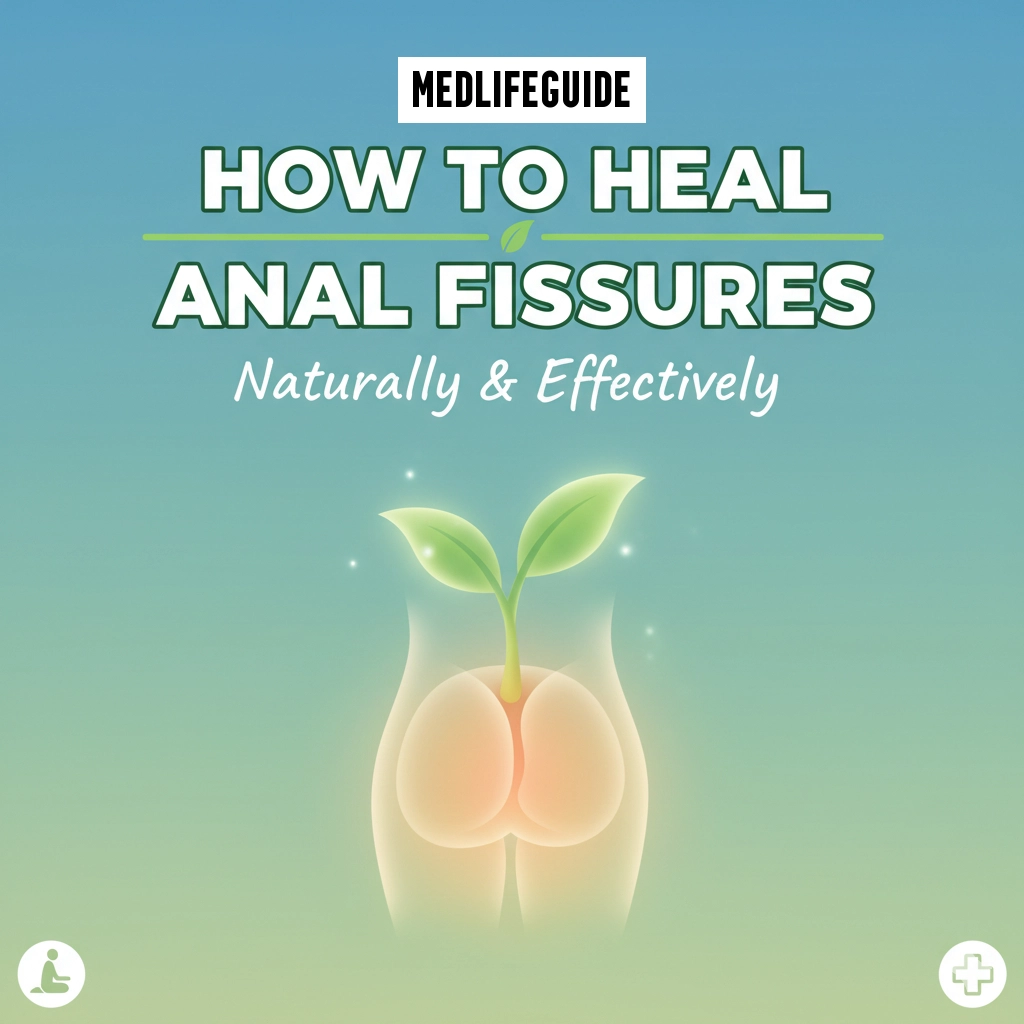Anal fissures, small tears in the lining of the anus, can cause significant discomfort and distress. Despite their common occurrence, many people find themselves searching for reliable, effective ways to promote healing and prevent recurrence. This comprehensive guide delves into the nuanced understanding of anal fissures, offering a blend of expert insights, practical advice, and evidence-based strategies designed to support natural healing and long-term wellness.
Understanding Anal Fissures: A Closer Look
Before exploring healing strategies, it’s essential to grasp what anal fissures are and why they occur. An anal fissure is a small tear or crack in the anoderm, the delicate skin lining the anal canal. This tear often results from trauma such as passing hard stools, chronic constipation, or prolonged diarrhea. The pain associated with fissures is typically sharp and intense during bowel movements, sometimes accompanied by bleeding.
Why Healing Can Be Challenging
The anal region is subject to constant movement and pressure, which can impede healing. Additionally, the sphincter muscle’s spasm in response to pain reduces blood flow to the area, further delaying recovery. Understanding these physiological barriers is crucial for adopting effective healing strategies.
Core Principles for Healing Anal Fissures
Healing an anal fissure requires a multifaceted approach that addresses both symptoms and underlying causes. The following principles form the foundation of effective management:
- Reduce Pain and Spasm: Alleviating sphincter muscle spasm improves blood flow and promotes tissue repair.
- Maintain Soft, Regular Bowel Movements: Preventing constipation and straining reduces further trauma.
- Enhance Local Blood Circulation: Improved circulation accelerates healing.
- Support Skin and Tissue Repair: Nutritional and topical interventions can aid regeneration.
- Prevent Recurrence: Lifestyle modifications and ongoing care are key.
Practical Strategies to Promote Healing
1. Optimize Bowel Habits
One of the most critical factors in healing is ensuring smooth, painless bowel movements. This can be achieved through:
- Dietary Fiber: Incorporate soluble and insoluble fiber sources such as oats, fruits, vegetables, and whole grains to soften stools and increase bulk.
- Hydration: Adequate water intake (at least 8 glasses daily) helps prevent hard stools.
- Regular Schedule: Establish a consistent time for bowel movements to train the body and reduce urgency or straining.
- Avoid Delaying: Respond promptly to the urge to defecate to prevent stool hardening.
2. Warm Sitz Baths
Sitz baths involve sitting in warm water for 10-15 minutes several times a day, especially after bowel movements. This practice:
- Relaxes the anal sphincter muscle, reducing spasm.
- Increases blood flow to the area.
- Cleanses the region gently, reducing infection risk.
3. Topical Treatments
Several topical agents can support healing by reducing pain and inflammation:
- Nitrate Ointments: These help relax the sphincter muscle and improve blood flow.
- Calcium Channel Blockers: Applied topically, they reduce muscle spasm.
- Natural Remedies: Aloe vera gel and coconut oil may soothe irritation and promote skin repair.
Note: Consult a healthcare professional before starting any topical treatment to ensure safety and appropriateness.
4. Pain Management
Over-the-counter pain relievers such as acetaminophen or ibuprofen can help manage discomfort. Avoid prolonged use of topical anesthetics, as they may delay healing.
5. Lifestyle Adjustments
- Exercise: Regular physical activity stimulates bowel motility and circulation.
- Avoid Prolonged Sitting: Sitting for extended periods increases pressure on the anal area.
- Wear Breathable Clothing: Cotton underwear reduces moisture and irritation.
When to Seek Medical Intervention
While many fissures heal with conservative care, some cases require professional treatment. Warning signs include:
- Persistent pain beyond six weeks.
- Significant bleeding.
- Signs of infection (fever, swelling, discharge).
- Recurrent fissures.
Medical options may include prescription medications, botulinum toxin injections to relax the sphincter, or surgical procedures in chronic cases.
Integrating Nutritional Support for Tissue Repair
Nutrition plays a subtle yet vital role in healing. Key nutrients include:
- Vitamin C: Essential for collagen synthesis and tissue repair.
- Zinc: Supports immune function and skin regeneration.
- Omega-3 Fatty Acids: Anti-inflammatory properties aid recovery.
Incorporating foods rich in these nutrients or considering supplements under medical guidance can enhance healing outcomes.
Addressing Psychological and Emotional Factors
Chronic pain and discomfort can impact mental well-being. Stress may exacerbate bowel irregularities and muscle tension. Mindfulness practices, relaxation techniques, and, if needed, counseling can be valuable adjuncts to physical treatment.
Preventing Recurrence: Long-Term Strategies
Healing is only part of the journey. Preventing future fissures involves:
- Maintaining a high-fiber diet and hydration.
- Avoiding excessive straining or prolonged sitting.
- Managing underlying conditions such as hemorrhoids or inflammatory bowel disease.
- Regular physical activity and stress management.
Summary: Actionable Takeaways
- Prioritize soft, regular bowel movements through diet and hydration.
- Use warm sitz baths to relax muscles and improve circulation.
- Apply appropriate topical treatments under professional guidance.
- Manage pain effectively but cautiously.
- Incorporate nutrient-rich foods to support tissue repair.
- Seek medical advice if symptoms persist or worsen.
- Adopt lifestyle habits that reduce strain and promote overall anal health.

